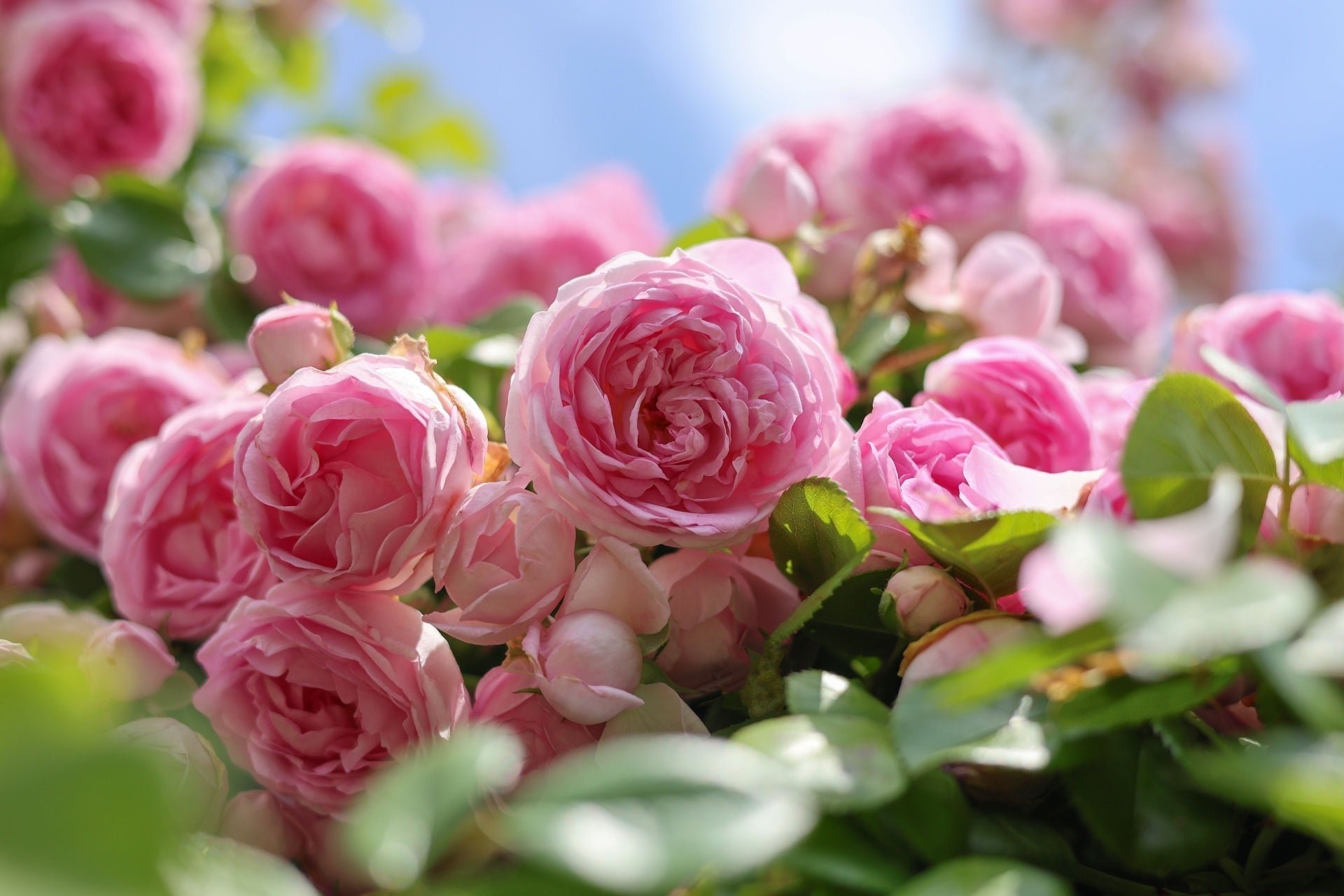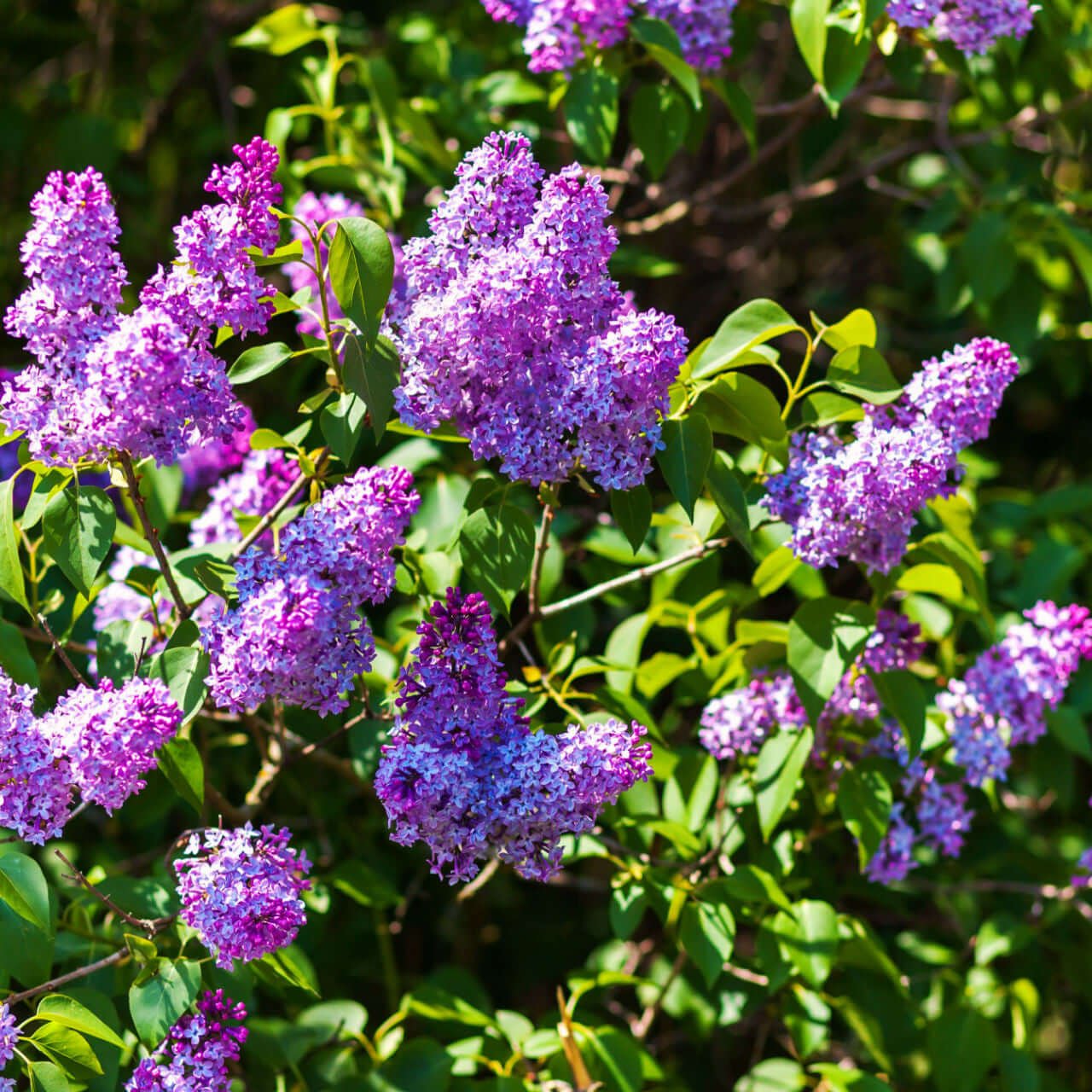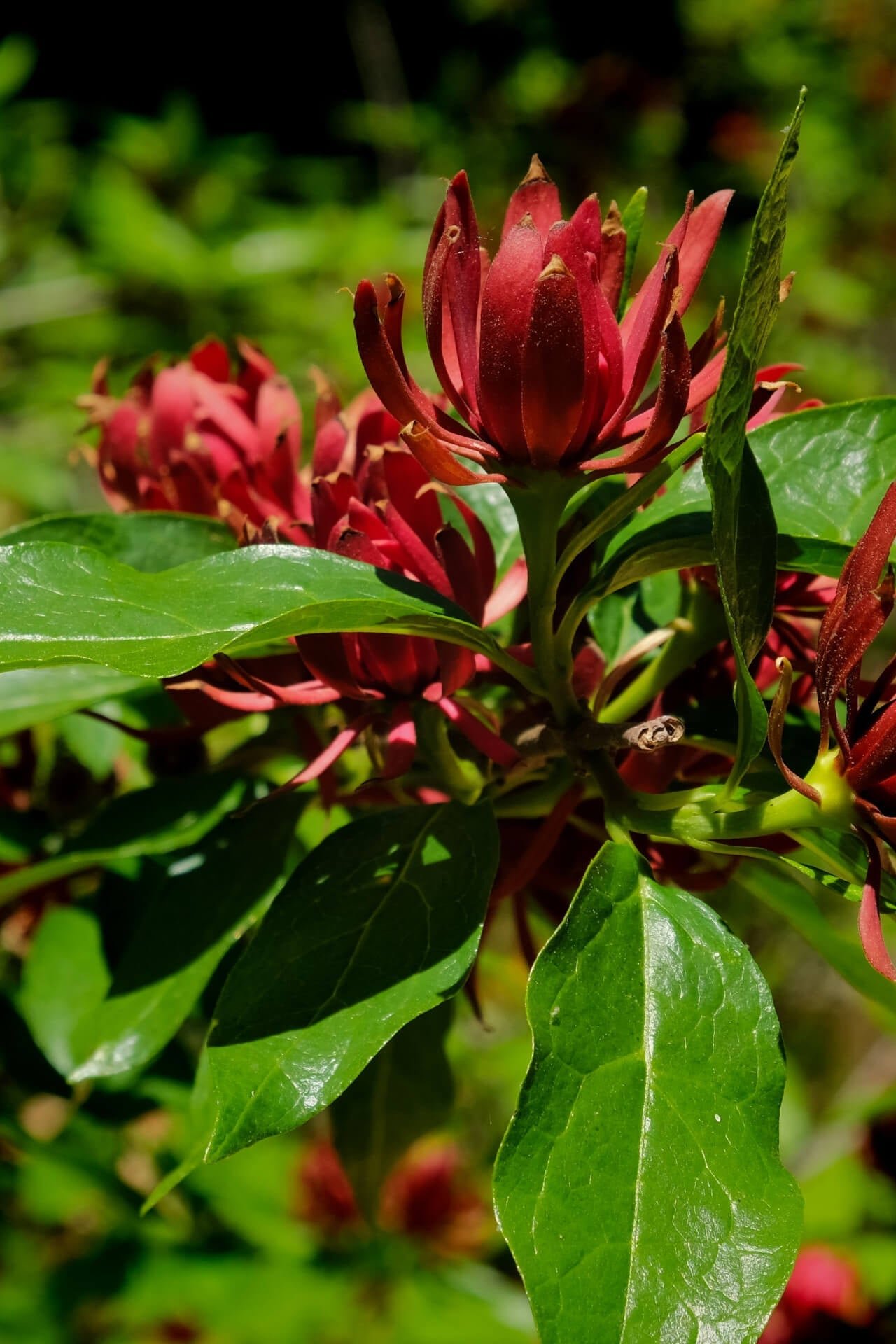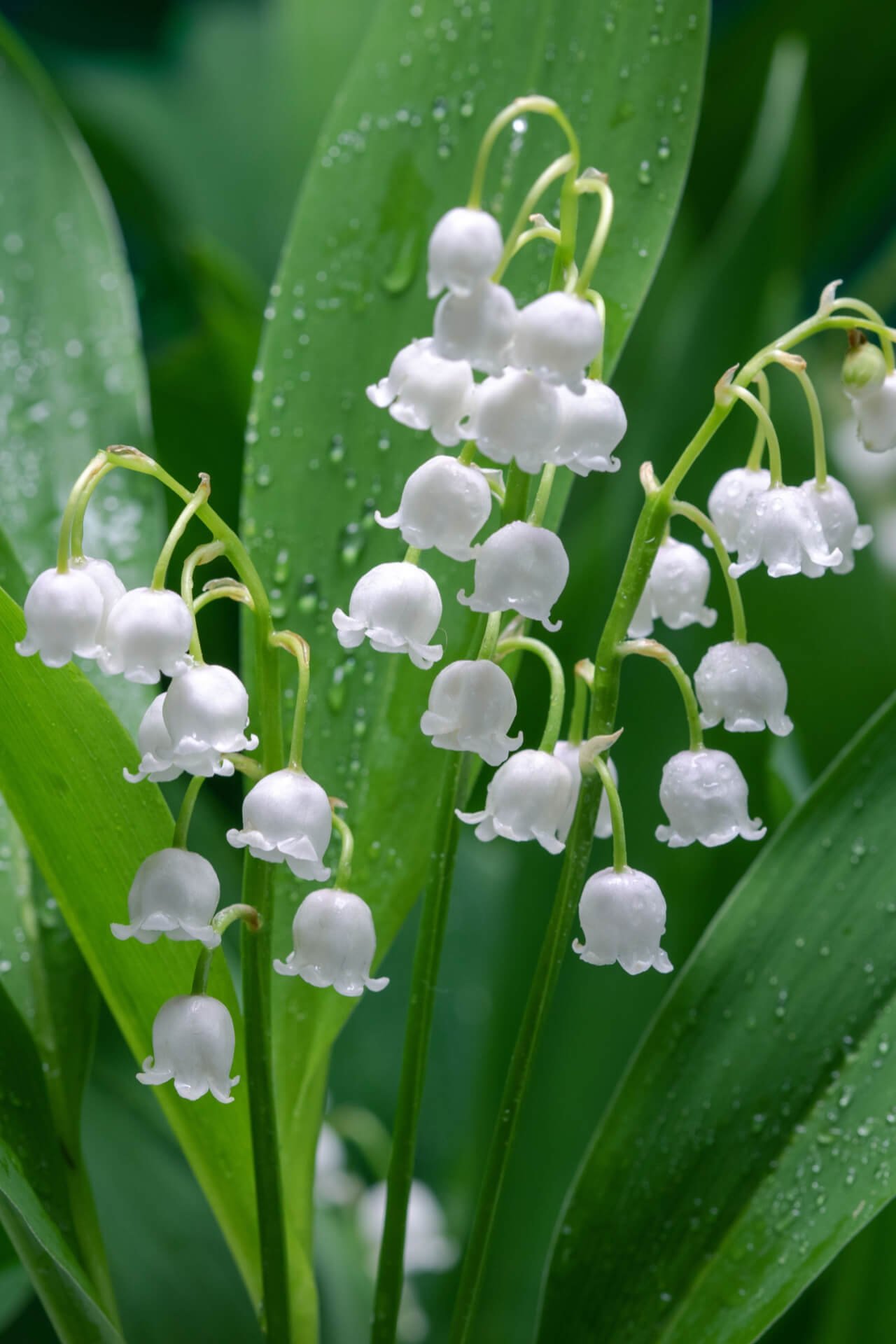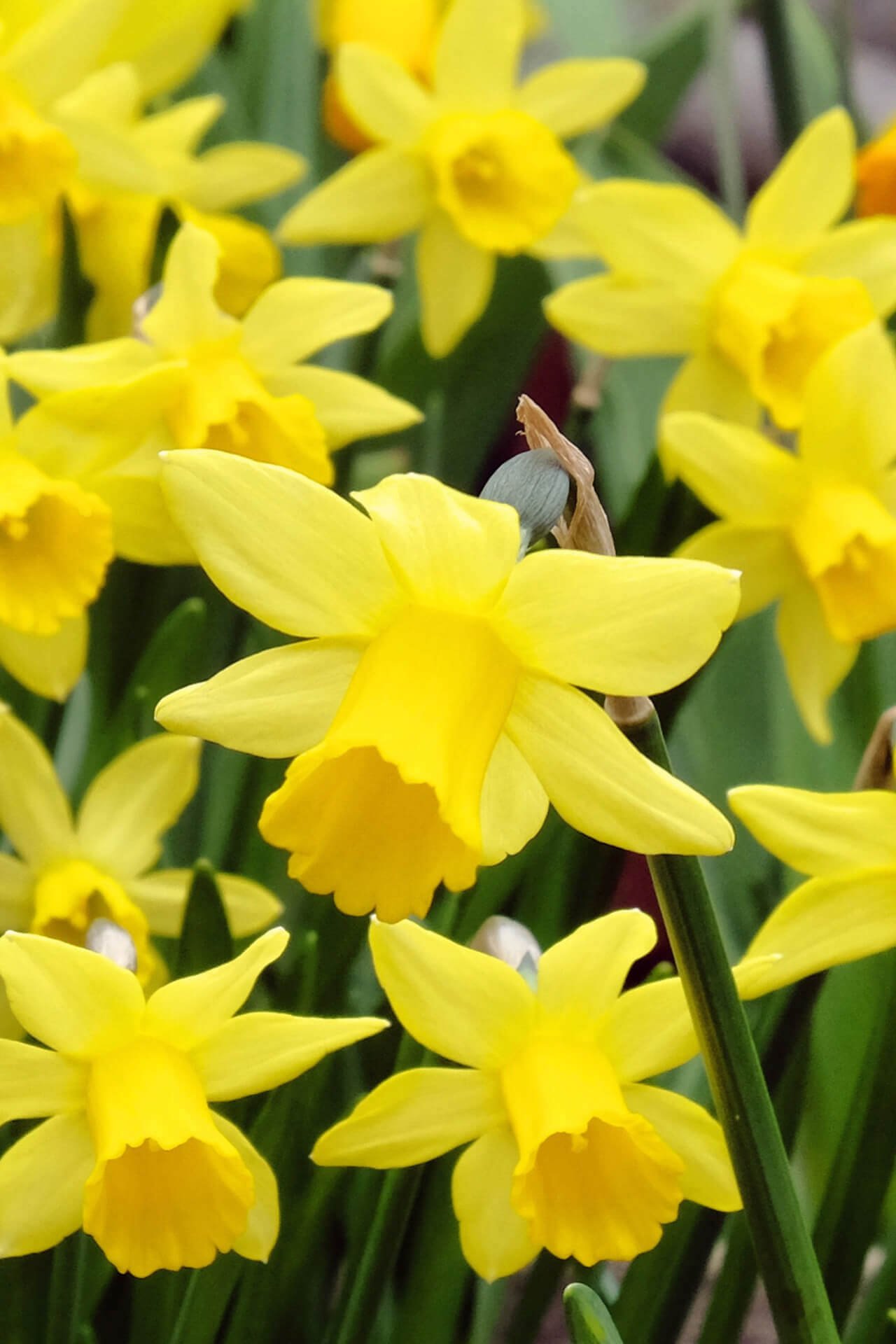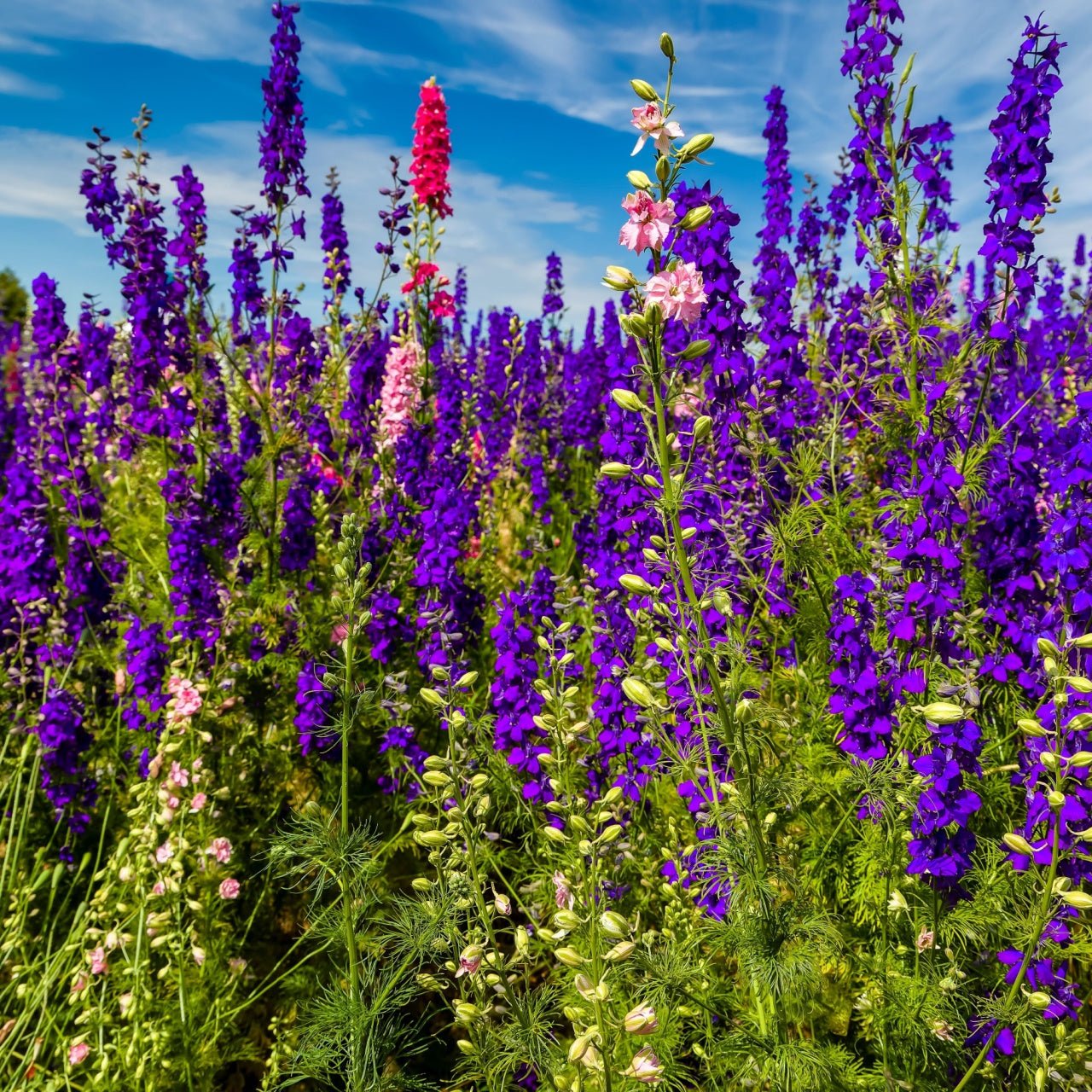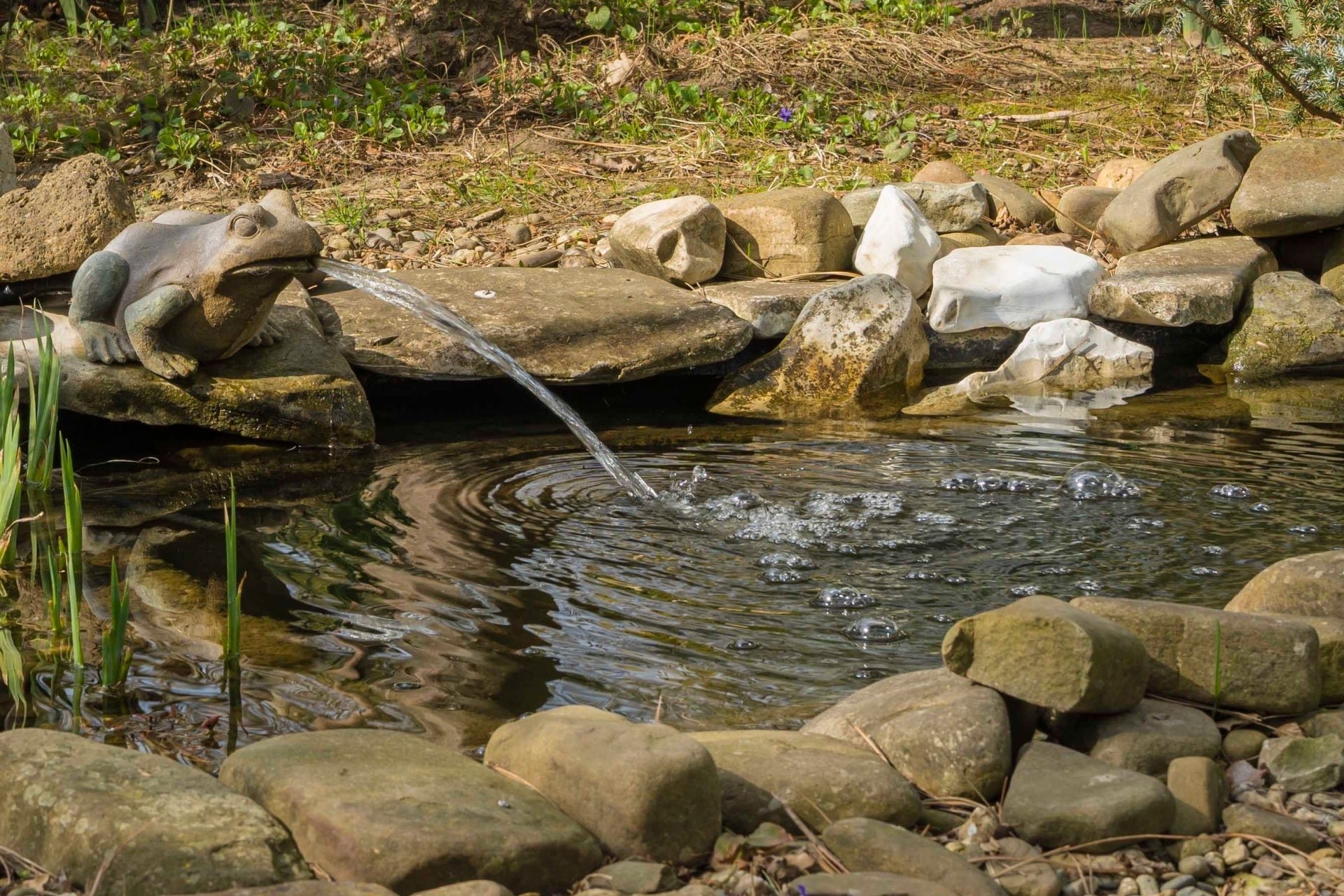My mom loves roses. My dad always grew some for her. I remember going outside and smelling them, watching the bees swarm them, and getting stuck by the thorns when I was careless. Many modern roses, and other plant hybrids, don't have much smell. That is a shame because the scent of flowers should surround you anytime you are in the garden.
Why Fragrance Belongs in Every Garden
A garden that smells as good as it looks is a real treat. Sometimes, just brushing past a clump of blooming lilacs or catching the scent of daffodils on the breeze is enough to bring back a flood of memories. Maybe it reminds you of your grandmother's yard, or those first warm days of spring when you could finally open the windows. Fragrant plants have a way of making us pause, breathe in, and really enjoy the moment.But scented flowers aren't just for us. Bees and butterflies are drawn to those lovely smells, too. By adding fragrant plants, you're not only making your garden more inviting for yourself, but you're also welcomeing pollinators and all sorts of helpful garden visitors.
Top Beginner-Friendly Fragrant Plants
If you're just dipping your toes into fragrant gardening, it helps to start with plants that are easy to grow and generous with their scent. We have a great selection of sturdy, reliable choices that will fill your yard with wonderful smells and keep the pollinators busy.
Take lilac shrubs (Syringa reticulata), for example. They're famous for their heady perfume in early spring, and they're tough enough to handle a range of conditions. Even a single lilac can scent the whole garden when it's in bloom.
Carolina allspice (Calycanthus floridus) is another favorite. This native shrub isn't fussy, and its deep red flowers smell like a mix of strawberries and spice. It's one of those plants that always gets visitors talking, and it's a hit with pollinators, too.
If you've got a shady spot, lily of the valley (Convallaria majalis) is hard to beat. Those tiny, bell-shaped flowers may look delicate, but their sweet scent carries a surprising distance. Once they settle in, they'll spread and fill in the area with blooms every spring.
Daffodils (Narcissus spp.) are a classic for a reason. They're among the first flowers to show up in spring, and their scent can be anything from light and sweet to a little spicy, depending on the variety. Daffodils are easy to grow, don't mind being left alone, and are usually ignored by deer and other critters.
Larkspur (Delphinium spp.) brings a burst of color and a fresh, clean scent to the garden. These tall spikes are easy to start from seed, and once you have them, they often pop up year after year, attracting bees and butterflies along the way.
Designing a Fragrant Garden for Year-Round Enjoyment
A garden that smells good all year takes just a little planning. The trick is to mix plants that bloom at different times, so there's always something scented in the air.
Spring is when lilacs, daffodils, lily of the valley, and larkspur really shine. As the days warm up, Carolina allspice, peonies, and honeysuckle take over, filling the air with their own unique perfumes. Even as fall approaches, you might catch the last of the larkspur or a hint of spice from Carolina allspice. And in winter, evergreens like cedar can lend a subtle, woodsy note, while the bare branches of shrubs and vines keep the garden interesting until flowers return.
Think about where you spend your time. Plant fragrant flowers along walkways, by the front door, or near your favorite bench. That way, every time you pass by or sit down, you'll catch a whiff of something wonderful. Climbing vines can turn a plain fence or arbor into a scented backdrop, and grouping plants with similar scents can keep things from getting overwhelming.
Caring for Your Fragrant Garden
The best-smelling gardens are the ones where the plants are healthy and happy. Most of the fragrant plants from TN Nursery are pretty easygoing, but a few basics go a long way.
Good soil is important. If yours is heavy or sandy, work in some compost before planting. Most fragrant plants like plenty of sun, though a few, like lily of the valley and Carolina allspice, are content with some shade. Water deeply but let the soil dry out a bit between soakings. Bulbs and perennials especially don't like soggy feet.
After your shrubs finish blooming, give them a trim to keep them tidy and encourage new growth. Snip off spent flowers on perennials so they'll keep blooming.
Supporting Pollinators and Biodiversity
If you love seeing butterflies and bees in your garden, fragrant flowers are a sure way to bring them in. Many of the best-scented plants are also rich in nectar and pollen. To make it even easier for pollinators, skip the pesticides and plant flowers in groups so they're easy to find. A mix of shapes and colors will attract a wider variety of helpful insects.
Fragrant Gardening in Small Spaces and Containers
You don't need a big yard to enjoy scented plants. Lily of the valley, peonies, and Carolina allspice all do well in pots on a patio or balcony. Cluster your containers near a favorite chair or by the door so you can enjoy the fragrance up close. Even climbing vines like honeysuckle or wisteria will grow happily in a big container, as long as you give them something sturdy to climb.
Getting Started: Tips for Beginners
If you're new to fragrant gardening, start small. Pick a few easy, reliable plants and see how they do in your space. Take note of how much sun and shade your garden gets, and plant accordingly. Put your scented plants where you'll notice them most-by the front steps, along a path, or under a window you like to open.Try mixing plants that bloom at different times, and don't be afraid to experiment with scent combinations. Most importantly, take time to enjoy your garden. Pull up a chair, breathe in, and let the changing fragrances mark the seasons.
A fragrant garden is a gift that keeps getting better with time. With sturdy, beginner-friendly plants from TN Nursery, you'll have a landscape that welcomes you home, supports pollinators, and brings joy with every breath. If you're ready to start, give TN Nursery a call at 931.692.7325 -they'll help you pick the perfect plants for your new scented retreat.


